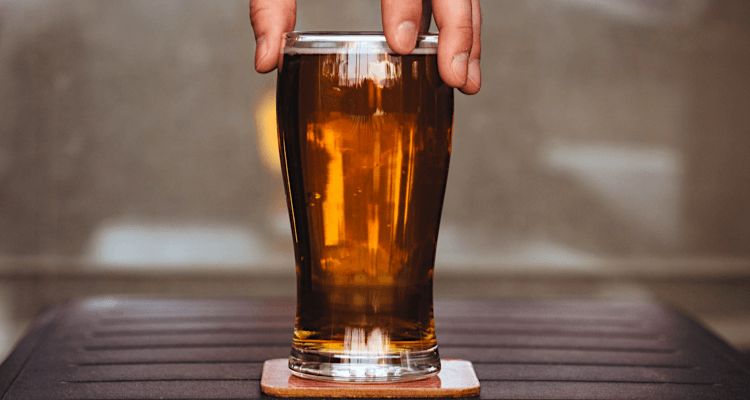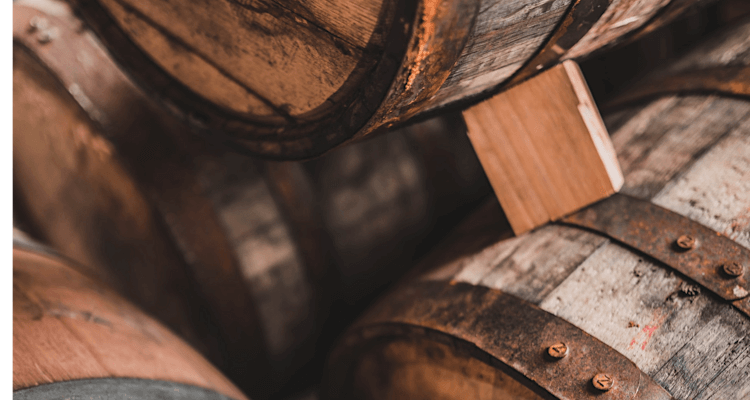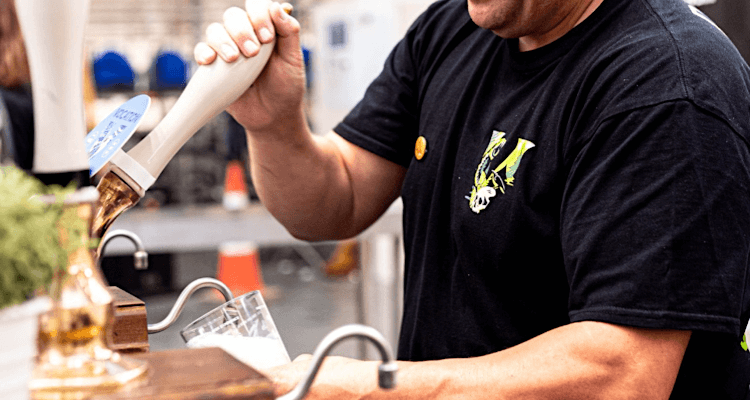
What is Real Ale all about?
Let’s talk about the real ales. At Into The Blue HQ we always enjoy chatting about food and drink and sharing updates on our latest pub and restaurant visits. And bless, some of our younger members of staff looked lost when we were talking about Real Ale the other day…
So, here’s our beginner’s guide to what Real Ale is, with all your questions answered:
What is Real Ale?
Real ale is defined as ‘beer that is brewed traditionally and served from the vessel in which it is conditioned with entirely natural carbonation.’ In other words, real ale comes in casks or bottles and is fermented and served naturally without any additional or forced gas.
Importantly, real ale is unfiltered and unpasteurised. This means the yeast is still present in the cask or bottle to perform the secondary fermentation (or conditioning), which gives the natural carbonation. In pubs it is served out of casks, either directly from a tap, or via a hand pump on the bar.
Why is it called Real Ale?
Real ale is a name coined in the 1970s by the Campaign for Real Ale (CAMRA) for beer that is brewed from traditional ingredients. CAMRA was set up to promote and protect small local breweries which, at the time, were rapidly disappearing in the face of large companies mass-producing beer.
Is real ale actually good for you?
The good news is that moderate consumption of real ale can help contribute to a balanced diet. Beneficial ingredients include B-vitamins, fibre, minerals and antioxidants. In addition, it could be argued that drinking real ale relieves tension, reduces stress and so improves well-being.
How long does Real Ale last?
Because of the natural fermentation, real ale does not last as long as filtered and pasteurised beers. Kept in cellar conditions, real ale lasts up to six weeks and once opened, the cask contents should be consumed within three to seven days.
Is it vegan?
More good news for the 21st century! The four ingredients of real ale – water, grain (wheat/barley), yeast and hops (which give the bitter taste) – are all vegan.
At what temperature should Real Ale be served?
Real ale should be stored and served at cellar temperature – between 7 and 12 Celsius. If too warm, real ale can become unappetising; too cold and the flavours cannot be fully tasted and enjoyed.
How should the pint be poured?
A cask of real ale should be wedged on its side to allow the yeast to settle. The ale itself can be poured directly into glasses from a tap in the cask or pumped via a ‘beer engine’ – a traditional suction hand pump on the bar. If pouring real ale from a bottle, care should be taken to leave the yeast sediment in the bottom of the bottle.
Is real ale healthier than lager?
Hmmm – that’s a bit like asking whether cake is healthier than biscuits! Lager is generally mild with lower alcohol content and therefore fewer calories than real ale. However, real ale with its richer and deeper flavour also contains more nutrients. So the main factor will be how much of each you choose to drink!
All this talk of real ale is making your blogger rather thirsty, so I guess this is a good point to call time on the article and crack open a bottle…
Fancy reading more answers to odd internet questions about beer (including the classic ‘Can beer get you drunk?’ – yes really)? Check out this previous Into The Blue blog: https://www.intotheblue.co.uk/blog/10-quirkiest-questions-google-beer/
If we have whetted your appetite and want to learn more about real ale and beer, check out our range of Brewery Tours & Tasting Experiences!



